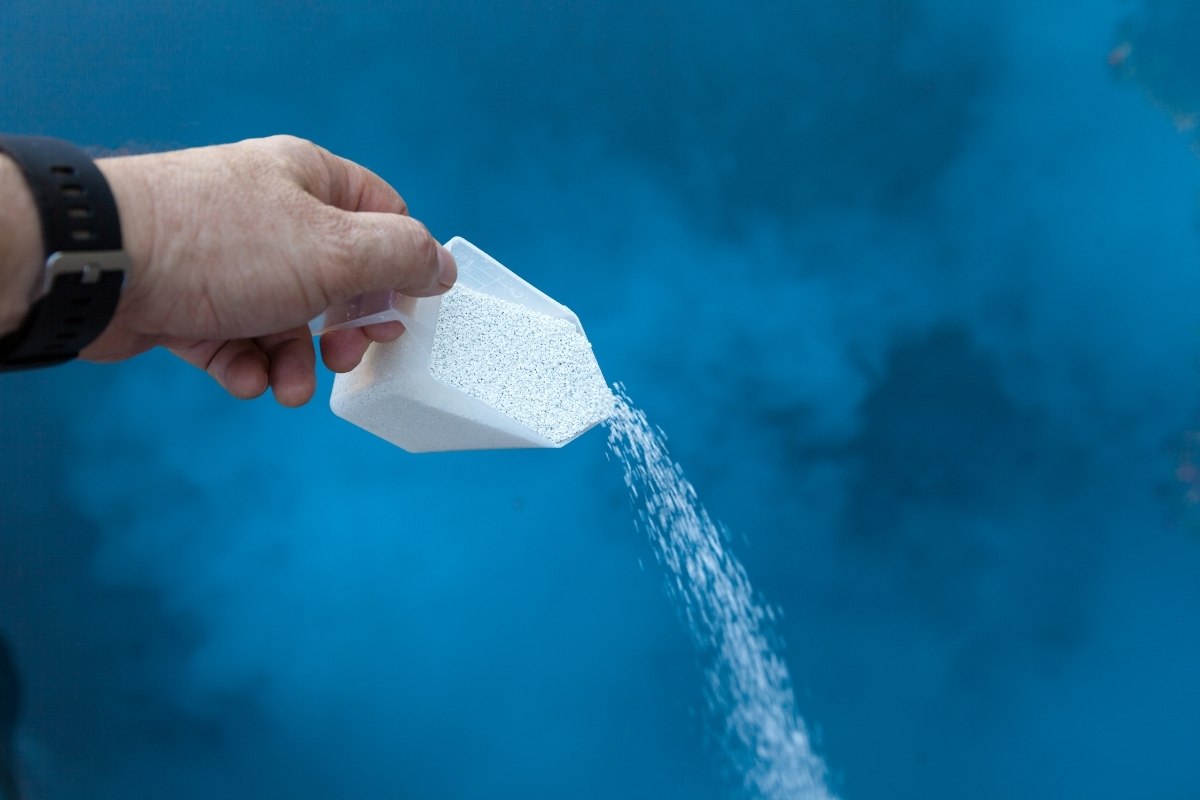A lot of people have become used to chlorine in drinking water. After all, it’s the most commonly used disinfectant for water in the world, and it’s been the most popular one in the U.S. for more than 60 years. Apart from the mild bleach smell and an unusual flavor, chlorine doesn’t generally cause too many problems.
That doesn’t mean that this chemical disinfectant is always harmless, however. It can make your water less appealing, causing you and your family to seek out sugary beverages instead of water to drink. It negatively affects the natural environment in some cases. In large quantities, it can even make you sick. Here’s an overview of chlorine in drinking water, as well as a little information about whether you should be concerned.
How Chlorine Works
When chlorine is introduced to water, it immediately reacts with organic material such as bacteria. This neutralizes organic toxins and kills harmful micro-organisms. It also produces a number of byproducts, which are responsible for producing the distinctive smell and taste of chlorinated water.
Chlorine Byproducts in Water
The extreme effectiveness of chlorine against disease-causing agents doesn’t come without some disadvantages. This substance’s natural reaction with water produces small amounts of hydrochloric acid, while its reaction with organic material is responsible for the creation of trihalomethanes like chloroform. These chemicals, also called THMs, have been linked with cancer and other health problems, especially after long-term exposure. One study even showed that long-term consumption of heavily chlorinated drinking water by pregnant women increased the risk of miscarriages and birth defects.
Because of the potential health risks associated with THMs, most governments regulate the amount of these byproducts that can be found in drinking water. The U.S. Environmental Protection Agency says that there can be no more than 0.10 milligrams of THMs per liter of drinking water.
Most municipalities follow these guidelines, but there have been recorded instances where the water supply contained far more chlorine than it should. For instance, some southern California families reported skin and respiratory problems associated with high levels of chlorine. This kind of irregularity means that you may need to pay attention to the chlorine levels of your own water in order to stay safe.
Chlorine Alternatives
Some areas choose alternatives to chlorine when they disinfect their water. This reduces the risk of health issues in humans, as well as the salination of rivers and streams. However, it doesn’t always do as good a job as using chlorine. Chloramine, a relative of chlorine that reduces the formation of THMs, has been used in some situations. Unfortunately, this substance is not as effective at killing viruses or cysts that can cause serious illness, making it a poor second choice for most uses.
Avoiding High Chlorine Levels
If you’re worried about high levels of chlorine and chlorine byproducts in your water, you do have options. Whether you want to avoid the possible health risks or you just don’t like the taste and smell, filtration can help you get rid of this unpleasant chemical. No one wants to do without the disinfectant benefits provided by chlorine, but that doesn’t mean you have to drink it.
A high-quality water filtration system can help you remove not just chlorine but a wide range of other contaminants, including the ones that treatment plants can’t always remove. It’ll also provide you with the benefits of alkaline water, which several studies suggest could improve your health. If you’re concerned about chlorine in your drinking water, don’t put up with it. Remove it with a water filtration system of your own.









